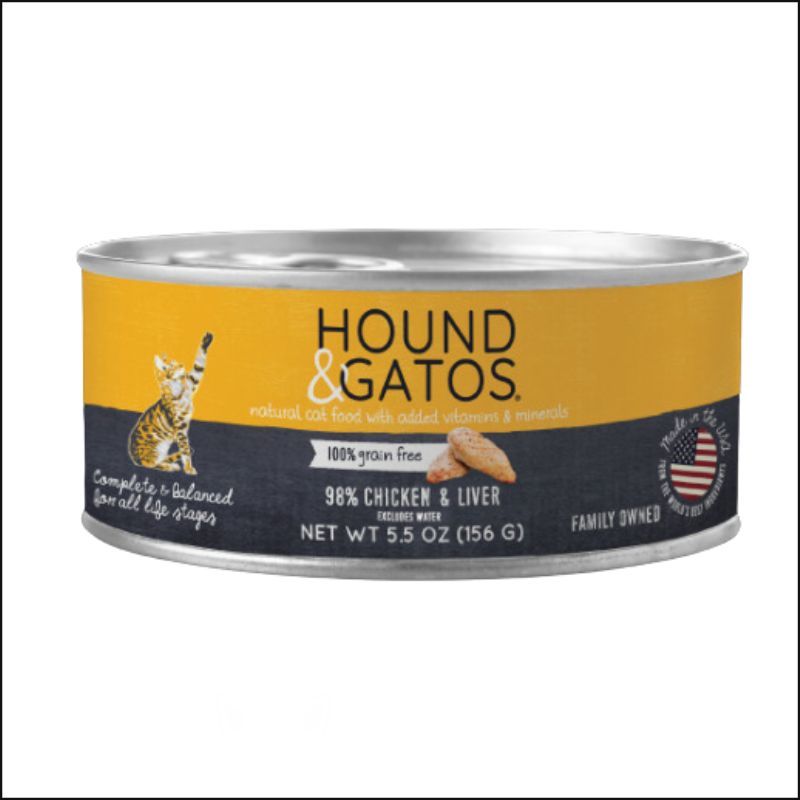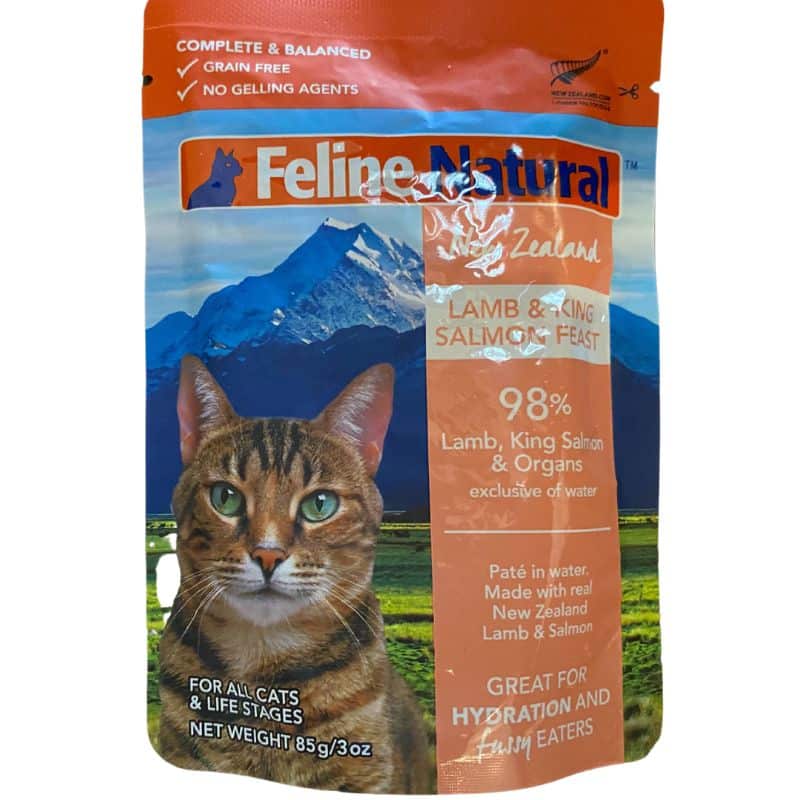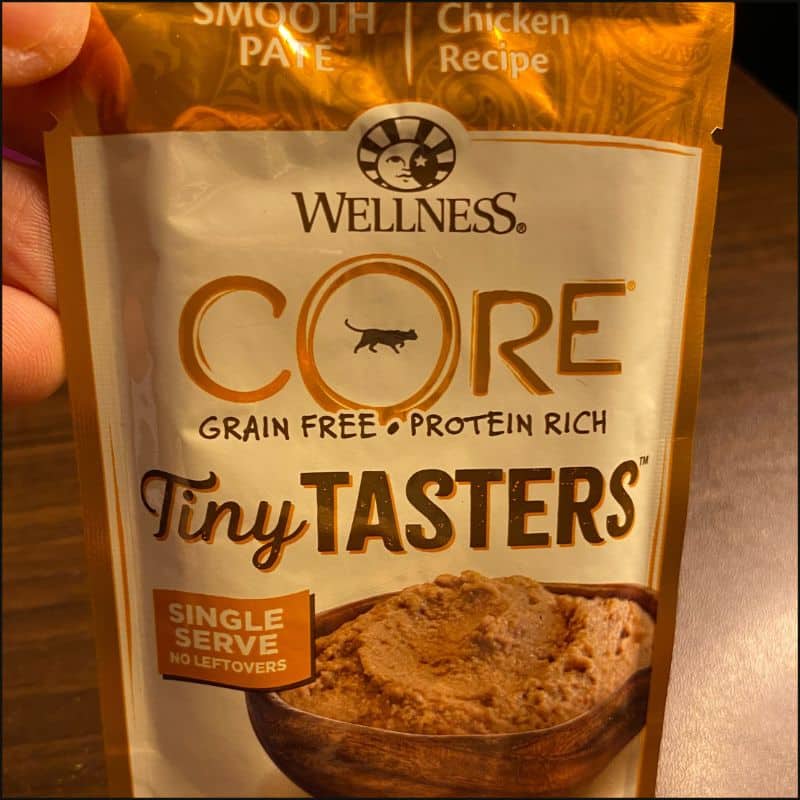Quick answer: Wet food is best for urinary health as it helps dilute urine.
Limit high oxalate foods (e.g. legumes) and vitamin C rich foods. These dietary factors can increase urinary blockages.
Best options:
5 Best Cat Foods for Urinary Health
I filtered popular cat foods for urinary health. All are the best rated from my testing.
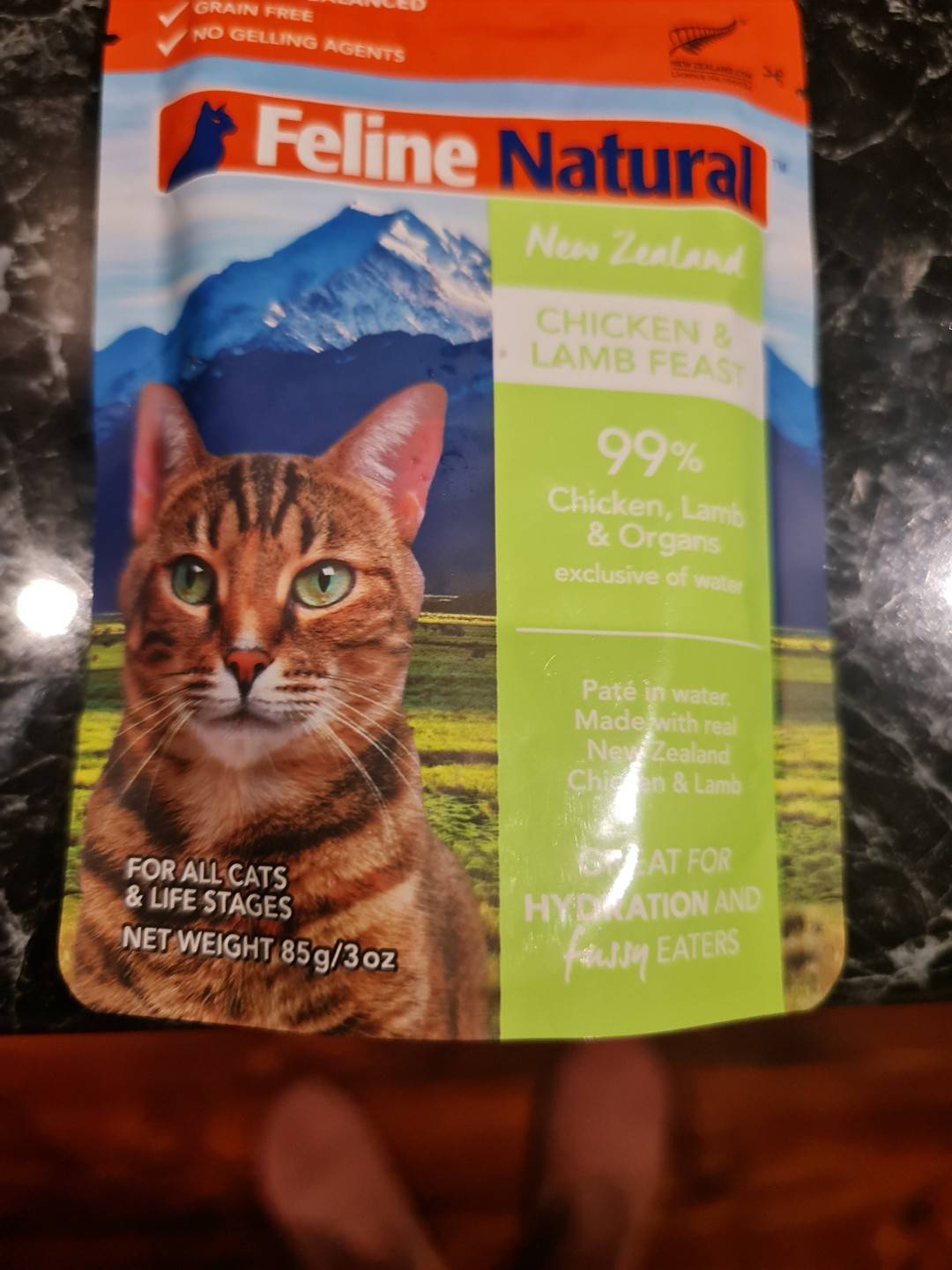
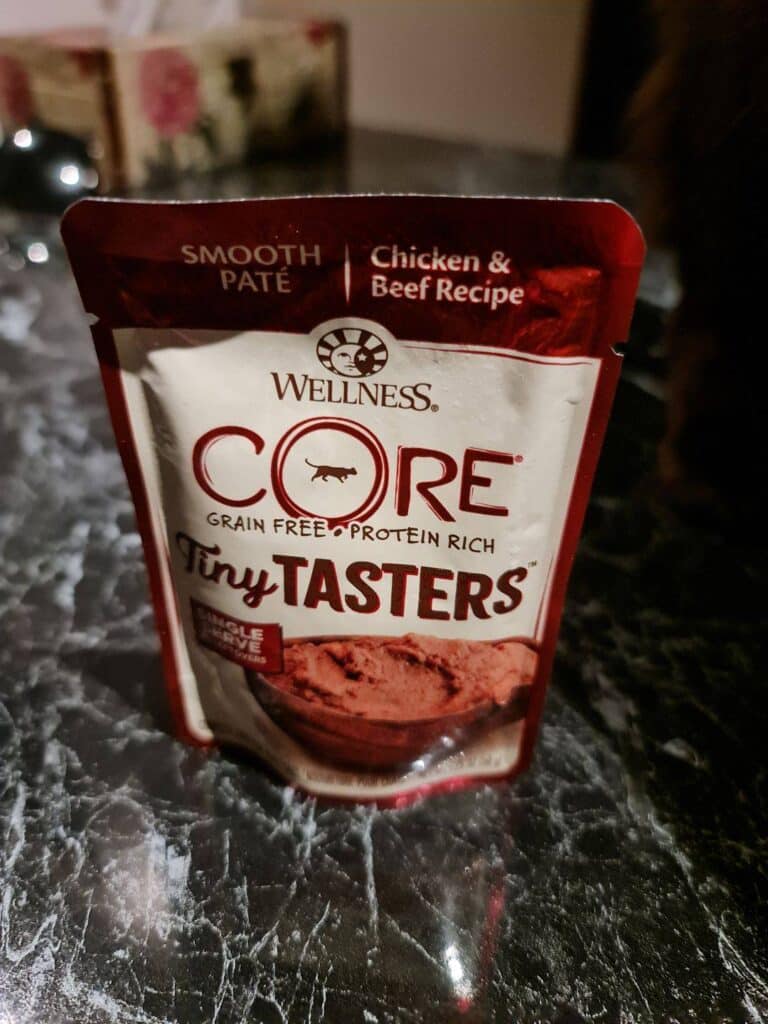
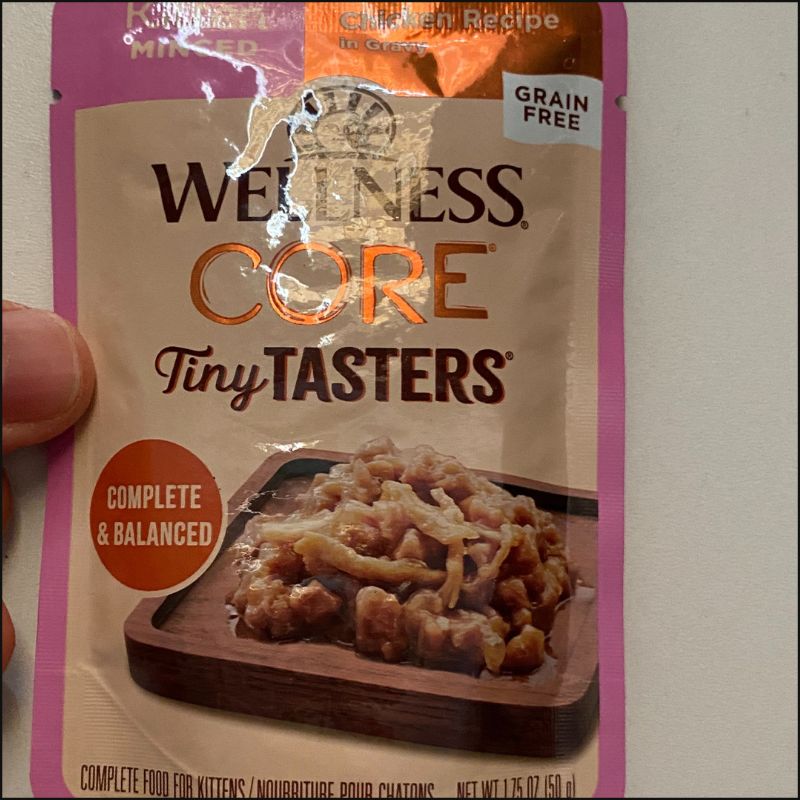
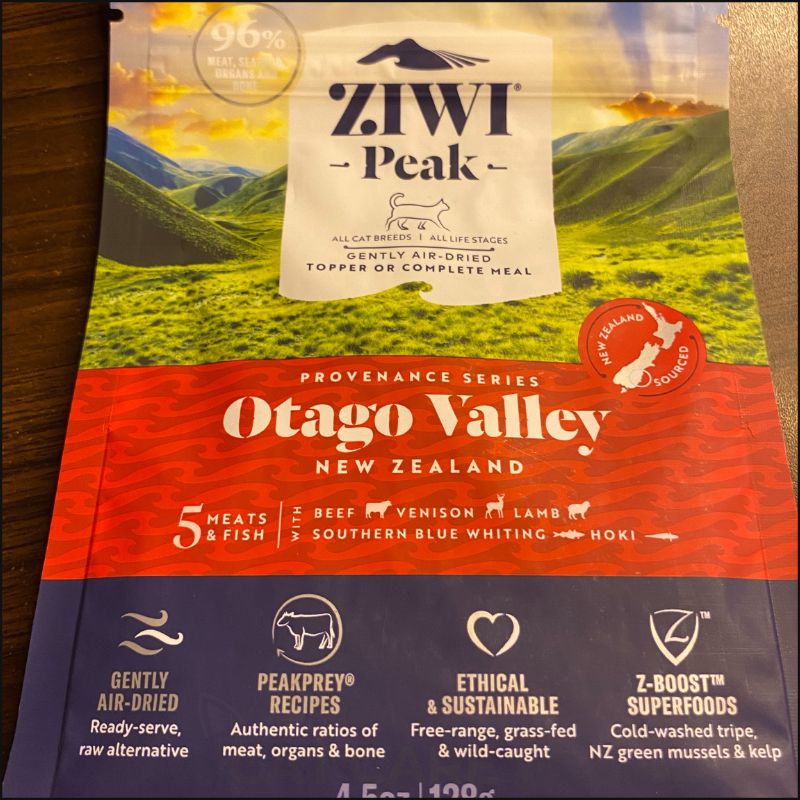
More below in this guide to the best cat food for urinary health.
I have a background in nutrition and research and test most of the products recommended.
This article isn’t a replacement for medical advice.
See more about us here.
What to Look For in Cat Food for Urinary Health?
Quick answer:
- High Moisture: Choose wet canned cat food. The moisture helps dilute urine, reducing stone risk.
- Avoid Vitamin C: Increases stone risk (cats do not need vitamin C). Fruits (e.g. cranberries) and vegetables contain vitamin C.
- Balance Electrolytes: Experts suggest aiming for 0.3-0.5% sodium and 0.08-0.1% magnesium on a dry basis. Look for foods with a full nutrient breakdown.
- Avoid Low Calcium Diets: May increase stones from phosphate.
- Restrict Dietary Oxalate: Foods include green vegetables and legumes. Increases the risk of certain stones.
- Choose High Protein: Aim for at least 30-40% protein (dry basis) as this promotes water intake and acidifies urine (reducing stone risk).
- Calorie Control: Obesity increases stone risk. Aim to choose lower calorie foods (wet foods are 4 times less calorically dense than dry).
Long answers:
Why Use a Urinary Tract Cat Food?
Urinary tract cat foods help reduce the risk of stones.
About 1% of cats in the US and UK have urinary tract disease. The obvious sign of urinary disorder is your cat having problems urinating.
10-15% of those cases are from stones. The two most common ones are struvite and calcium oxalate stones.
Risk factors for stones include:
- Being male
- Being neutered
- Low dietary calcium
- Low protein diet
- Excess vitamin C
- Dietary oxalate
- Purebred (e.g. Persians)
- Litter use problems
- Dry cat food only diet
- Senior age (10-15 years)
Signs of urinary tract disease include vomiting and anorexia. Vets diagnose problems with imaging and blood work.
If your cat has the signs of stones or a previous diagnosis, a urinary tract food can help reduce future risk. 40-50% of cats with urinary tract disease have a recurrence within a year of prior diagnosis.
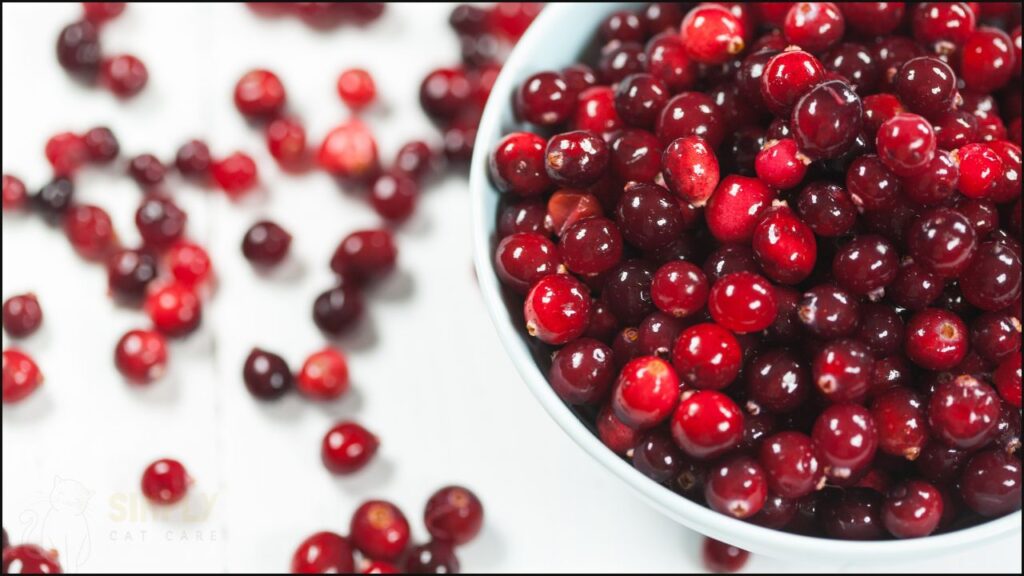
What Is the Best Food for Cats With Urinary Tract Issues?
Wet canned cat food is best for urinary health.
Moisture helps dilute urine, keeping the volume up and the risk of stones down. There’s a lower risk of recurring stones when using wet over dry cat food.
Here’s a few other things to look for when choosing cat food for urinary health:
Nutrients
Here’s what nutrients to look for and avoid for urinary health.
Vitamin C is not required in a cats diet. It increases risk of calcium oxalate so avoid food (e.g. cranberry) or supplemental sources (e.g. ascorbic acid) in cat food.
Balancing nutrients so that their not too low or high seems best for urinary health. A low magnesium diet can help acifidy urine, which can help prevent certain types of stones forming.
Here’s what experts suggest for targets:
- 0.3-0.5% sodium (dry matter basis)
- 0.08%-0.1% magnesium (dry matter basis)
Other recommendations suggest avoiding a low calcium diet, with others suggesting balancing calcium and phosphate for kidney health.
Avoid low phosphate diets, unless your cat has kidney disease.
Ingredients
Restrict dietary oxalate. Food sources include green vegetables and legumes – so steer clear of those in cat food.
Cats fed a vegan diet are at increased risk, even at a young age. This could relate to the lack of sulfur amino acids, which help acidify urine and reduce stone risk.
Dietary acidifiers decrease the risk of struvite uroliths, but increase the risk of calcium oxalate stones (possibly by stripping calcium from bones).
Whilst acidifying the urine (e.g. low magnesium diet) can help, you don’t want to go too far.
Calorie Content
Obesity is a risk factor for urinary stones.
It’s important to maintain your cat at a healthy weight. Do this by taking a look at a body condition score (BCS) chart and seeing if your cat is at a health range.
If your cat is overweight, decrease dietary calories. Wet cat food is less calorically dense than dry food which helps (it’s also portion controlled).
Use a calorie calculator for cats to fine tune your dietary provision.
FAQ
Quick answers:
- How to Improve Urinary Health? Small frequent meals; maintain healthy weight; clean water always. Use moist food.
- Wet Food for Urinary Issues? More effective than dry food for reducing urinary tract blockages.
- Oxalic Acid in Cat Food? Avoid foods high in oxalic acid and excess vitamin C to prevent urine crystals.
- Fancy Feast for UTI? Good protein source but lacks detailed micronutrient information.
- Wet Food Diet Increases Urination? Higher water content leads to more urination.
- High Protein Diet Good? Helps with water intake and urine acidification.
- Tuna in Water? Hydrating, but limit due to mercury risks.
Long answers:
How Can I Improve My Cats Urinary Health?
Here’s some ways to improve your cats urinary health:
- Small frequent meals: Can help prevent the bladder from getting full and reduce the risk of urinary blockages.
- Manage weight: Obesity can increase the risk of urinary tract infections in cats (although low body weight can also increase risk). Keep your cat at a healthy weight.
- Clean water: Make sure your cat has access to fresh water at all times. Ceramic, glass, and/or stainless steel bowls are preferable to plastic (better taste).
- Stick to moist food: This can help dilute the urine and reduce stone formation. Adding water to dry food can help if your cat tolerates it.
Is Wet Food Better for Cats With Urinary Issues?
Yes, wet food is best for urinary issues.
A high moisture diet can help dilute urine and reduce the risk of urinary tract blockages. Wet cat food is about 75% water compared to 10% for dry cat food.
What Ingredient in Cat Food Causes Crystals in Urine?
Oxalic acid is an ingredient that can cause crystals in urine.
Most wet cat foods high in animal based foods are low in oxalates.
However, vegetables and legumes are high in oxalic acid. Cat food with these ingredients can increase oxalic acid load.
Excess intake of vitamin C, a metabolic oxalate precursor, should also be avoided in cats at risk for calcium oxalate uroliths. This is high in fruits (e.g. cranberries). Cats do not need dietary vitamin C, unlike humans.
Is Fancy Feast Good for Cats With UTI?
Maybe.
Fancy Feast wet cat food is generally high in animal protein and doesn’t have any vegetables (which could contain oxalic acid).
However, the brand doesn’t tend to include any information on calcium, magnesium, phosphate and sodium in a PDF. That makes it hard to recommend since these micronutrients are important to balance.
Do Cats Pee More With Wet Food Diet?
Yes, a cat will typically pee more on a wet food diet.
Wet cat food is higher in moisture (about 75% compared to 10% for dry cat food). That means they’ll be getting more water whilst eating.
That increases the water absorbed into the bloodstream, which in turn increases urine production.
Is High Protein Cat Food Good for Urinary Health?
Yes.
A high protein diet can help promote water intake and acidify the urine (reducing stone risk). Aim for at least 30-40% protein (dry basis).
Is Tuna Bad for Cats With Urinary Problems?
No.
Using the water from tuna is helpful for hydrating your cat. Tuna itself is high protein, which cats need as carnivores.
However too much tuna can contribute mercury, which is toxic in excess. So it’s best to limit tuna in your cats diet for that reason.
Related:
Conclusion
Wet cat food is best for urinary health.
Avoiding oxalate rich foods and vitamin C help according to expert advice. Balancing pH in the urine by avoiding high or low mineral intake also helps.
This is one area it’s best to discuss options with your vet. Although prescription is generally recommended, some options on the market might help.
Comparison of our top 3 picks:




